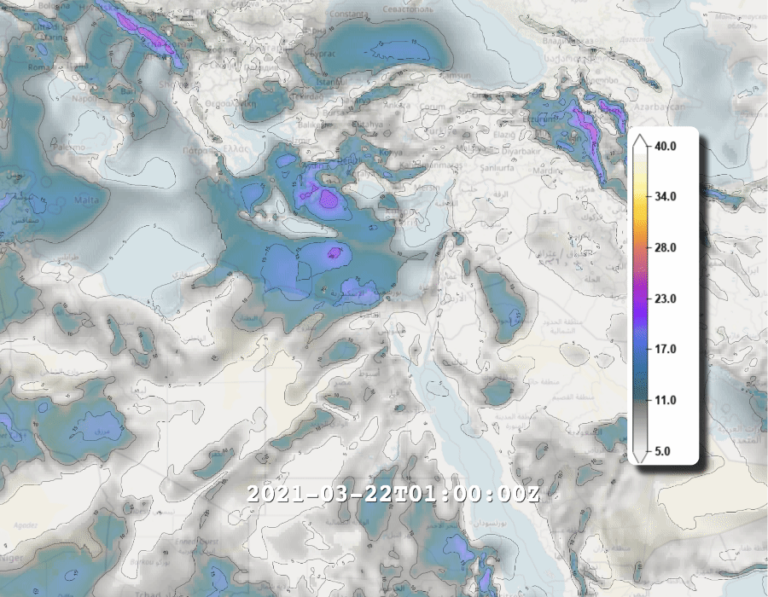A weather buoy floating in the Pacific Ocean northwest of Hawaii has a remarkable connection to Utah’s ski season and demonstrates why we need more weather observations from around the world.
Conditions near the National Oceanic and Atmospheric Administration’s Station 51101 often read like the picture of a tropical paradise: balmy air, warm water and a gentle wind. They seem as far away as possible from a snowy mountaintop. And yet the buoy’s readings have helped skiers plan trips in Utah for years.
When a low-pressure system passes over the buoy, it causes the waves to swell and the device to spike. About two weeks after the pop, there is a good chance of snowfall in the Wasatch Mountains 4,800km away, according to the people who follow the Powder Buoy.
Besides helping ski enthusiasts schedule their vacations, the weather buoy shows how seemingly unrelated weather events separated by thousands of kilometers are deeply intertwined.
This global connection can have a dark side. Scientists recently identified a connection between typhoons in the western Pacific and the devastating 2020 wildfires on the West Coast of the United States. They found that a barrage of three storms over the Korean peninsula created an ‘atmospheric wave train’ that ultimately amplified weather patterns that drove infernos through Oregon, Washington and California.
“The implication is that the effect of weather extremes that are known to be [exacerbated] by climate warming are not always limited to the region in which those extremes occur,” the researchers wrote.
Because of this interconnectedness, accurately predicting the weather in one location requires measuring conditions around the world. For any forecast over a day and a half, weather organizations need a global observing system. And to improve one-to-three-week forecasts, meteorologists need to observe the stratosphere.
The true impact of including measurements from remote areas in weather predictions is seen in severe weather tracking. For example, meteorologists were able to predict Hurricane Sandy’s sudden left hook thanks to observations at sea. Devastating as the storm was, the measurements over the Atlantic and early forecasts helped prevent the consequences from being worse.
As meteorologists know, making observations in remote regions has historically been challenging. It is impossible to place millions of buoys like Station 51101 across oceans. Nor can we release balloons for every dozen kilometers of the planet. So even with hundreds of thousands of sensors on Earth, 90% of the world lacks highly detailed and dense measurements above the surface.
Nanosatellites making radio occultation measurements can help overcome these observation challenges.
Radio occultation measurements capture precise temperature, pressure and humidity readings for vertical bands of the atmosphere, creating a detailed profile of conditions that extend from the Earth’s surface into the stratosphere. Nanosatellites can scan the planet, including areas beyond a terrestrial station’s range. Combining the measurement and the satellite produces a 3D map of conditions throughout our atmosphere – the answer to improved forecasting.
This data set is already in production. Spire Global’s fleet of more than 110 satellites collects over 10,000 radio occultation measurements a day. The company is a pioneer in making dense observations around the world and in measuring the upper parts of the atmosphere that are important for longer-term prediction.
The European Centre for Medium-Range Weather Forecasts (ECMWF) started using Spire’s data last year and found radio occultation measurements to be among the top five reducers of errors in predictions. Another leading meteorological organization, the United Kingdom’s Met Office, reported an improvement in forecasting by incorporating Spire’s data.
Ultimately, satellites and radio occultation help forecasters study and predict global weather, as if they had access to miniature Powder Buoys stationed throughout our atmosphere. These observations are a boon for everyone. Advanced forecasts not only alert us to deadly storms, but they also support sustainable agriculture, identify fuel-efficient transportation routes and optimize renewable energy production. These are the sentinels standing guard to protect our world.



